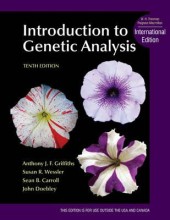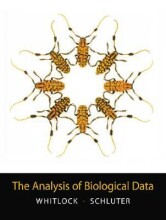Transmission Genetics
4 important questions on Transmission Genetics
What principle of gene inheritance did Mendel discover?
De korte conclusie van Mendels onderzoek was, dat verscheidene paren van contrasterende eigenschappen voortkomen uit een factor die alternatieve vormen heeft. Elke plant heeft één paar van deze factoren die een bepaalde eigenschap bepalen, één factor van elke ouderplant.
Mendelian single-gene segregation is useful in identifying mutant alleles underlying many human disorders. Analyses of pedigrees can reveal autosomal or X-linked disorders of both dominant and recessive types.
What is the chromosomal basis of Mendel's principe?
mso-ansiEN-GBEN-GBThe molecular basis for chromatid production in meiosis is DNA replication. Segregation at meiosis can be observed directly at the molecular (DNA) level if suitable probes are used to detect the morphs of a molecular dimorphism. The molecular force of segregation is the depolymerisation and subsequent shortening of microtubules that are attached to the centromeres. Recessive mutations are generally in genes that are haplosufficient, whereas dominant mutations are often due to gene haploinsufficiency.
How is Mendel's principle applied to human inheritance?
mso-ansiEN-GBEN-GBMendelian single-gene segregation is useful in identifying mutant alleles underlying many human disorders. Analyses of pedigrees can reveal autosomal or X-linked disorders of both dominant and recessive types. The logic of Mendelian genetics has to be used with caution, taking into account that human progeny sizes are small and phenotypic ratios are not necessarily typical of those expected from larger sample sizes. If a known single-gene disorder is present in a pedigree, Mendelian logic can be used to predict the likelihood of children inheriting the disease.
- Higher grades + faster learning
- Never study anything twice
- 100% sure, 100% understanding
What is a testcross?
Cross between unknown heterozygote and fully recessive parent.
When the mutant is recessive, you've got 1:1 (aa and Aa, there is no wild type (AA)
When the mutant is dominant you've got also 1:1 (aa and Aa, but here is aa the wild type)
Alternative is selfing: Aa x Aa, than you've got 1:2:1 (3:1)
The question on the page originate from the summary of the following study material:
- A unique study and practice tool
- Never study anything twice again
- Get the grades you hope for
- 100% sure, 100% understanding































